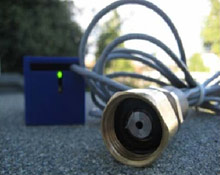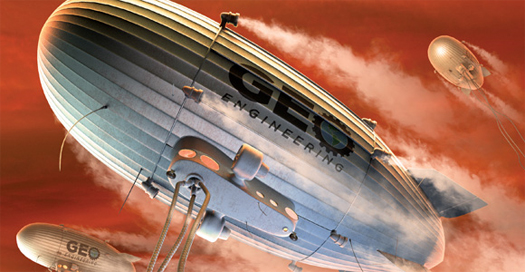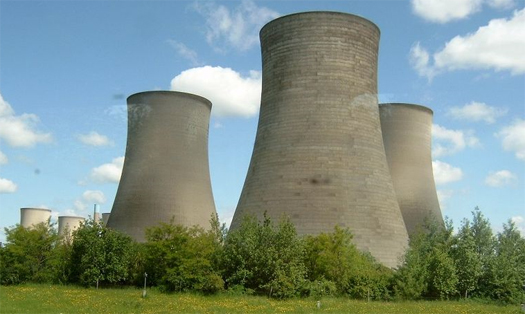
Finding the flush: This sensor attaches to a water pipe and wirelessly communicates changes in pressure to a microcontroller that infers the use of specific fixtures. A Bluetooth transmitter streams the data to a personal computer.
Credit: Shwetak Patel When a cell phone or credit-card bill arrives, each call or purchase is itemized, making it possible to track trends in calling or spending, which is especially helpful if you use a phone plan with limited minutes or are trying to stick to a budget. Within the next few years, household utilities could be itemized as well, allowing residents to track their usage and see which devices utilize the most electricity, water, or gas. New sensor technology that consists of a single device for each utility, which builds a picture of household activity by tracing electrical wiring, plumbing, and gas lines back to specific devices or fixtures, could make this far simpler to implement.
-
Shwetak Patel, a professor of computer science and electrical engineering at the University of Washington, in Seattle, developed the sensors, which plug directly into existing infrastructure in buildings, thereby eliminating the need for an elaborate set of networked sensors throughout a structure. For example, an electrical sensor plugs into a single outlet and monitors characteristic "noise" in electrical lines that are linked to specific devices, such as cell-phone chargers, refrigerators, DVD players, and light switches. And a gas sensor attaches to a gas line and monitors pressure changes that can be correlated to turning on a stove or furnace, for instance.
Now, Patel and his colleagues have developed a pressure sensor that fits around a water pipe. The technology, called Hydrosense, can detect leaks and trace them back to their source, and can recognize characteristic pressure changes that indicate that a specific fixture or appliance is in use.
Patel hopes to incorporate electrical, gas, and water sensors into a unified technology and has cofounded a startup, called Usenso, that he hopes will start offering combined smart meters to utility companies within the next year or so. The goal, says Patel, is to make a "smart home" universally deployable. "I looked at the existing infrastructures," he says, "and saw that they could be retrofitted."
Smart sensors have become increasingly popular over the past few years as more people have become interested in cutting their utility bills and minimizing the resources that they consume. A number of startups offer to connect utility providers and consumers so that resource use can be tracked over the Internet. So far, however, no company or utility has been able to provide the sort of fine-grain resource usage that Patel hopes to offer with Usenso.
The idea behind the water sensor has its origins in Patel's original work with electrical lines. Rather than simply looking at the amount of power consumed by all the devices in a house, he decided to look at noise patterns--irregularities in the electrical signal--that propagated over household power lines as a result of electrical consumption. "Let's say you turn on a light switch in the bathroom and kitchen," he says. "We can tell the difference between the two" due to electrical impulses that resonate at a high frequency. "So if you have two different impulses you see originate from two different locations inside the home, you can trace them back to a particular device," Patel says, noting that location can be determined by the amount of time that it takes for a signal to reach the sensor, which is usually just plugged into a spare wall outlet.
Likewise, Hydrosense consists of a single device attached to a cutoff valve or water bib that monitors the entire plumbing infrastructure. "When you open a valve, the pressure on the entire system goes down," says Patel. "And whenever you change the water flow from static to kinetic, you get a shock wave that propagates throughout the pipes." He explains that the shock wave, while relatively mild, has a characteristic shape that can be used to identify different fixtures--even the distinction between the toilets in different bathrooms.
Using data collected in nine homes of varying style and age and with a diversity of plumbing systems located in three different cities, Patel and his colleagues have shown that by monitoring these shock waves, it is possible to identify individual fixtures with 95.6 percent accuracy.
"The idea of being able to plug one device into a home and build a picture of what's going on and off is really fascinating," says Adrien Tuck, CEO of Tendril Networks, a company that makes smart meters and plugs for homes. But he suspects that there will be some kinks to iron out before the technology is deployable at a large scale. "If it were easy, it would have been done already," he says, "and that probably means that there are some things that need to be teased out."
In addition to monitoring utility usage, Patel says that the sensors can track human activity within a home, which could be useful for elder care and reducing energy waste. He has also developed a fourth sensor that can be integrated into a home's heating and cooling systems. By monitoring pressure changes that occur when people open and close doors and when they enter and exit a room, a sensor within an air-conditioning unit can infer with relative accuracy where people are within a home or apartment, Patel says.
Copyright Technology Review 2009.



